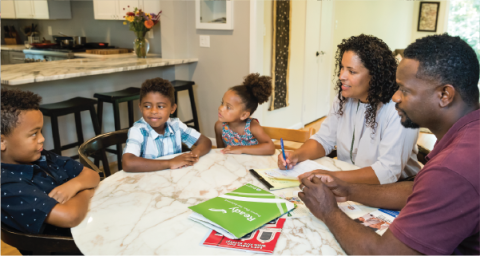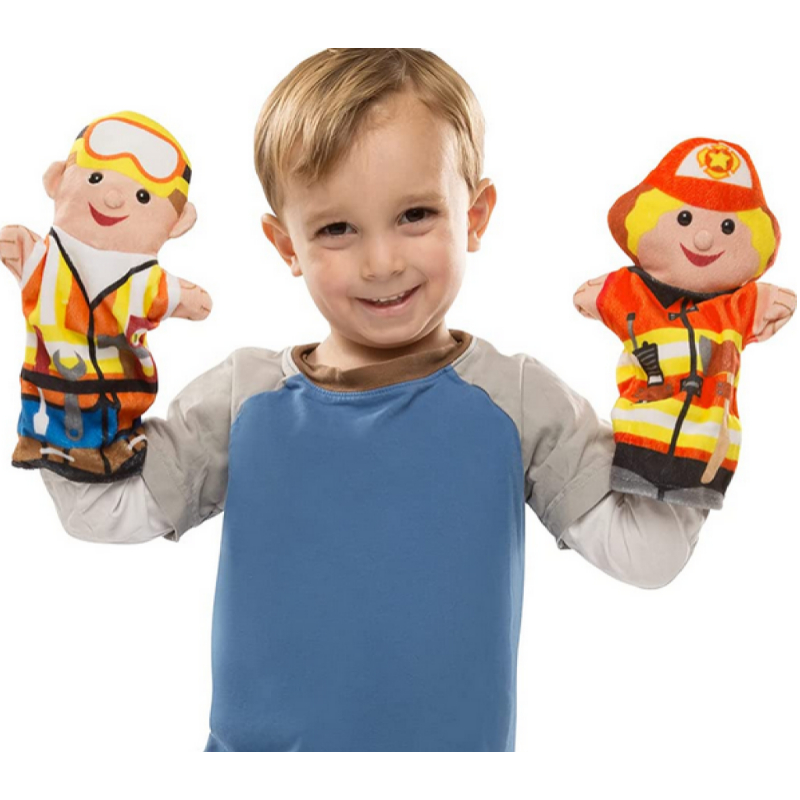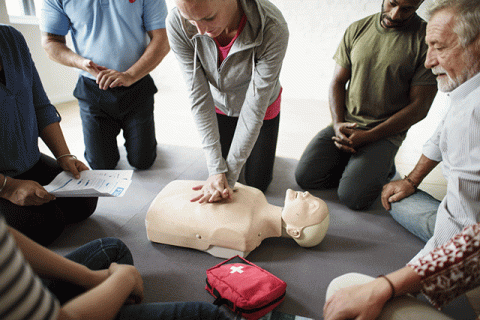Preparing for an Emergency with a Child with Special Needs

September is National Preparedness Month! Are you and your family ready to act in case of an emergency? Here are tips on preparing for an emergency when you are the caregiver of a child with special needs.
Since 2004, the Federal Emergency Management Agency (FEMA) has designated September as National Preparedness Month. This month is dedicated to organizing national and local governments, as well as private and public health institutions, to inform, educate, and encourage Americans on how to take action before and during an emergency.
These include health emergencies, natural disasters, or high-impact weather-related events. These can also be personal emergencies such as needing to go to the ER. When civilians are equipped to act in emergency situations, loss of life and rates of injury are lower and the emotional security of the populace is higher.

Photo from Ready.gov
Ready.gov, the official FEMA website for emergency preparedness information, has a section dedicated to helping children understand proper emergency procedures. However, procedures can be a bit more difficult when you are caring for a child with special needs. If you have never thought about emergency preparedness before, or are early in your journey of getting prepared for emergencies, here are some guidelines for setting up protocols for you and your child in the case of an emergency.
Create a Plan
The best way to prepare for an emergency is to develop an emergency action plan for your household. An effective emergency plan includes identifying emergency contacts and keeping their phone numbers in an agreed-upon space, establishing a place outside the home where your family can rendezvous if you get separated, and learning the suggested protocol for specific emergency situations like earthquakes, hurricanes, or fires.
Go over this information with your child in terms or expressions that they can understand. Ready.gov provides a 4-step outline with specific question prompts to help you design the right emergency plan for your household. (This free PDF outline from the Red Cross is also quite helpful!) It’s also a good idea to look up how to respond to specific disasters common in your geographic area.

Photo from Ready.gov
Knowing what to do in an emergency provides more than just the correct steps to follow. It can help you and your family feel confident that you’ll make it through the incident, together and unharmed.
Assemble an Emergency Toolkit
Another crucial preparation for emergency situations is to have an emergency toolkit assembled and ready to go. Ready.gov offers a comprehensive list of things to include in an emergency kit. If you have a child with special needs, you may need to remember extra necessities that aren’t on FEMA’s list. These things might include:
- A favorite book, toy, or snuggly item for comfort
- Communication devices that your child may use
- Sensory aids that your child may use such as ear protectors, fidget toys, or chewelry
- Extra batteries or charger for any electric-powered assistive devices your child relies on
- An extra change of clothes (make sure to include clean underwear and/or diapers)
- Water bottle and any special grasping aids or mouthpieces your child may need
- Special snacks or food that your child prefers that aren’t readily available elsewhere
- Paper towels, a pack of tissues, or a pack of wet wipes
- List of medicines your child is currently taking, as well as notes on the dosage, pharmacy and prescribing doctor. If possible, keep spare medicine handy as well.
- Copies of insurance cards
- If your child has difficulty communicating with others, consider obtaining them a medical bracelet that states their condition and limitations. This will guide first responders who encounter your child –particularly if you get separated from them — on how to interact and administer care.

Assemble these items in a sturdy spare backpack and store it where you can easily grab it on your way out the door. If you don’t have an extra bag or need to use these things in daily activities, make a list of the things you’ll need so that when the moment is urgent, you don’t risk forgetting something – you can just follow your list.
Communicate with Your Child
For a child, one of the scariest things about an emergency is not knowing what’s going on. Having a trusted adult explain to them in terms or expressions that they can understand can help a child process all that’s going on around them. This task will be easier if you have discussed emergency situations with your child beforehand.
Ready.gov offers several resources for children to educate and prepare them for emergencies. Going through these before an emergency is imminent can help your child feel prepared and stay calm when one does occur. Ready.gov also offers a list of ways to help a child cope through an disaster situation.

Practice
When you’ve assembled your plan and discussed it with your child, set aside time to actually act it out. This will reinforce the details you’ve planned out and help your child remember what to do. Physically practicing will also help everyone stay calm if and when an emergency actually happens. This can be particularly important for a child with special needs that cause them to panic in new, unknown situations. Going through the motions when there isn’t any actual danger will help them respond appropriately when they need to.
Ready.gov also offers virtual games designed to test kids’ knowledge of what to do in various emergencies.

Photo from Ready.gov
Stay Calm and Trust Your Preparation
If you feel you need more preparation, consider taking a class on First Aid, CPR, or other emergency procedures. The Red Cross offers virtual and in-person trainings on a variety of emergency responses. Other community organizations in your area may also run emergency prep classes.
